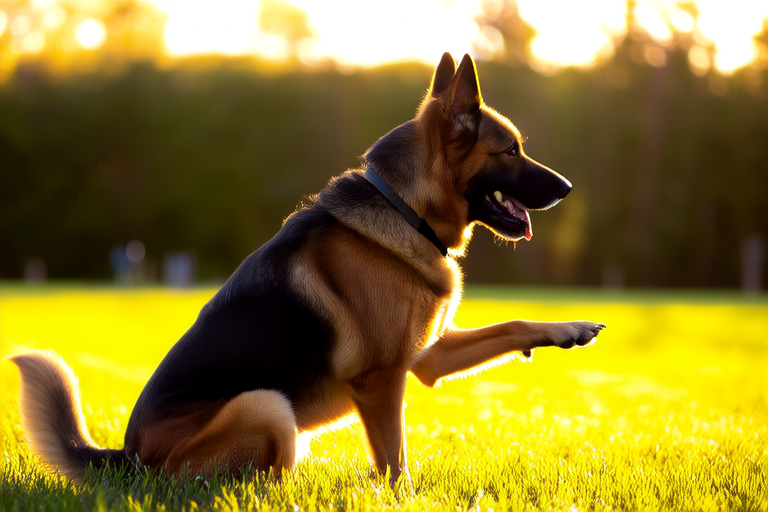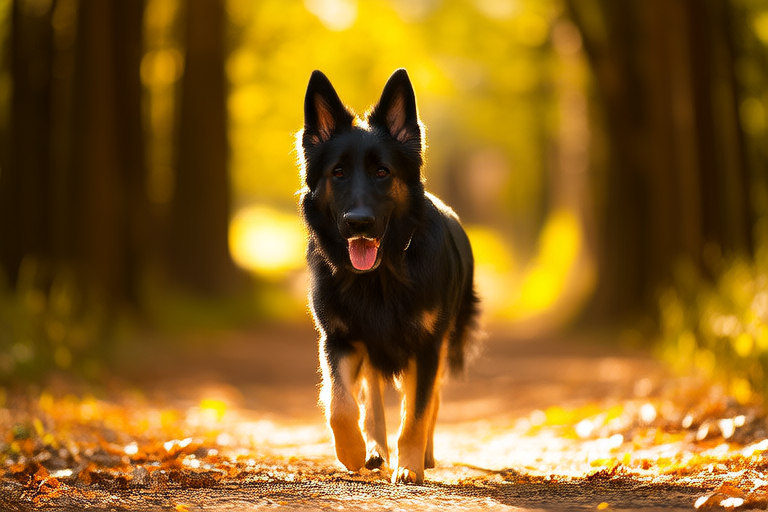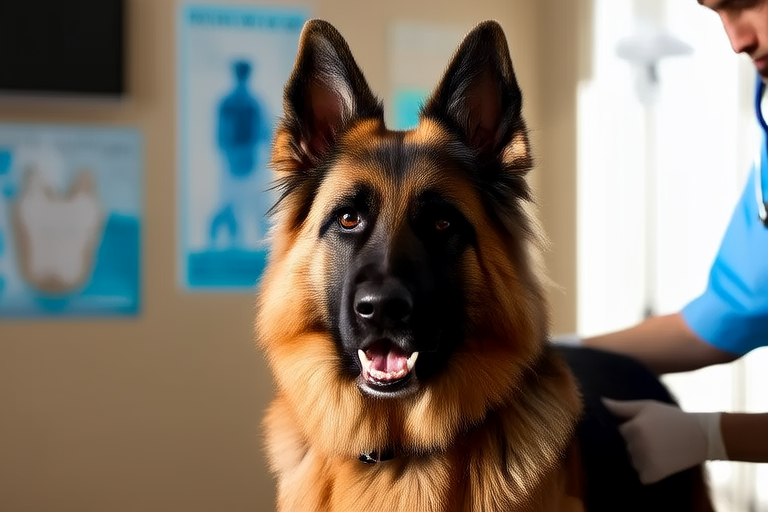Ultimate Guide: How to Train Your German Shepherd Like a Pro
Welcome to the Ultimate Guide on how to train your German Shepherd like a pro. German Shepherds are intelligent, loyal, and energetic dogs that require consistent training and socialization. This guide will provide you with comprehensive and practical information on training your German Shepherd, ensuring both you and your dog can enjoy a fulfilling relationship.
Basic Obedience Training
Training your German Shepherd begins with basic obedience commands. These commands form the foundation of your dog’s behavior and are essential for everyday life. Start by teaching your dog simple commands such as ‘sit,’ ‘stay,’ ‘come,’ ‘down,’ and ‘heel.’ Use positive reinforcement, rewarding your dog with treats or praise when they follow instructions correctly. Consistency is key; always use the same command word and hand signals to avoid confusing your dog.
Begin training sessions in a quiet environment free from distractions. Keep sessions short (about 10-15 minutes) and repeat them several times a day. Gradually increase the difficulty by adding distractions and practicing commands in different locations. Remember, patience and persistence are crucial during this phase.
Socialization Techniques
Socializing your German Shepherd is vital for their emotional well-being and helps prevent behavioral problems. Expose your puppy to various environments, people, and other animals from an early age. Introduce your dog to different sights, sounds, and smells gradually, allowing them to explore at their own pace.
Attend puppy classes where your dog can interact with other puppies and learn appropriate play behavior. Always supervise interactions to ensure they remain positive. Encourage calm greetings and discourage overly excited or aggressive behavior. Socialization should continue throughout your dog’s life, exposing them to new experiences regularly.
Advanced Training Tips
Once your German Shepherd has mastered basic obedience commands, you can move on to more advanced training. Consider enrolling your dog in agility classes or training for specific tasks like search and rescue or therapy work. Advanced training not only challenges your dog mentally but also strengthens your bond.
Teach your dog to perform tricks such as ‘shake,’ ‘roll over,’ or ‘play dead.’ Tricks can be a fun way to reinforce commands and provide mental stimulation. Use clicker training for precise timing and clear communication. Clicker training involves using a clicker to mark desired behaviors followed by a reward. This method helps dogs understand what actions earn rewards.
Common Behavioral Issues and Solutions
German Shepherds may exhibit certain behavioral issues if not properly trained or socialized. Some common problems include excessive barking, chewing, and separation anxiety. Address these issues promptly to prevent them from escalating.
Excessive barking can be managed by identifying triggers and teaching your dog alternative behaviors. For example, if your dog barks at visitors, teach them to sit and wait for a treat instead. Chewing can be redirected by providing appropriate chew toys and praising your dog when they use them. Separation anxiety can be alleviated through gradual desensitization and counter-conditioning techniques. Create a safe space for your dog filled with familiar items and treats, and gradually increase the time you leave them alone.
Nutritional Advice for Optimal Training Results
A balanced diet is crucial for your German Shepherd’s overall health and training success. Feed your dog high-quality dog food containing adequate protein, fat, carbohydrates, vitamins, and minerals. Consult with your veterinarian to determine the appropriate amount of food based on your dog’s age, weight, and activity level.
Provide fresh water at all times and avoid giving table scraps or human food. Treats used during training should be small and calorie-controlled to prevent weight gain. Incorporate healthy snacks like carrots, green beans, or specially formulated training treats. Omega-3 fatty acids found in fish oil can improve coat condition and joint health, benefiting active dogs.
The Importance of Consistency and Positive Reinforcement
Consistency and positive reinforcement are fundamental principles in training your German Shepherd. Dogs thrive on routine and clear expectations. Establish a daily schedule for feeding, exercise, and training sessions. Stick to this schedule as much as possible to create a predictable environment for your dog.
Positive reinforcement involves rewarding desired behaviors while ignoring or redirecting unwanted ones. Use treats, praise, and petting to encourage good behavior. Avoid punishment, which can lead to fear and aggression. Instead, focus on building a strong bond based on trust and mutual respect. Celebrate your dog’s successes and be patient during setbacks. Every dog learns at their own pace, and progress takes time.
In conclusion, training your German Shepherd requires dedication, patience, and love. By following the guidelines outlined in this ultimate guide, you can help your dog become well-behaved, confident, and happy. Remember, the journey of training is as important as the destination. Enjoy every step along the way!


